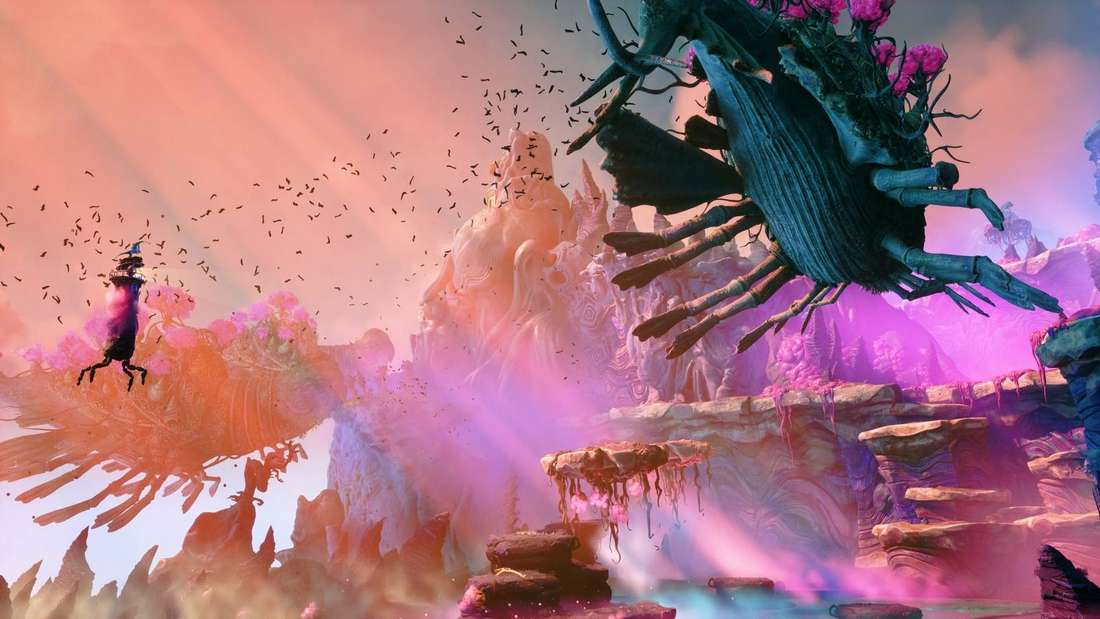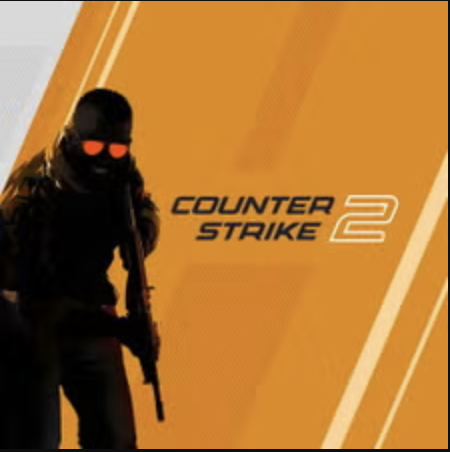Double Fine’s ‘Keeper’: Embracing the Weirdness of a Hiking Lighthouse in a Post-Human World
Popular Now
 Garena Free Fire: Kalahari
Garena Free Fire: Kalahari
 Roblox
Roblox
 FIFA 23
FIFA 23
 Candy Crush Saga
Candy Crush Saga
 Schedule I
Schedule I
 Free Fire Max
Free Fire Max
 Stumble Guys
Stumble Guys
 BeamNG.drive
BeamNG.drive
 Genshin Impact
Genshin Impact
 Free Fire
Free Fire
 The gaming world is buzzing with the upcoming release of Keeper, the latest title from Double Fine Productions—the renowned studio behind quirky hits like Psychonauts 2. Creative Director Lee Petty has laid down a clear mandate for the new third-person puzzle adventure: players must “embrace the weirdness” of its premise. This isn’t just marketing hype; it’s a deep-seated philosophical approach to game design that makes Keeper one of the most anticipated and unique releases of the year.
The gaming world is buzzing with the upcoming release of Keeper, the latest title from Double Fine Productions—the renowned studio behind quirky hits like Psychonauts 2. Creative Director Lee Petty has laid down a clear mandate for the new third-person puzzle adventure: players must “embrace the weirdness” of its premise. This isn’t just marketing hype; it’s a deep-seated philosophical approach to game design that makes Keeper one of the most anticipated and unique releases of the year.
The core concept is pure surrealism: you play as a sentient, walking lighthouse on a quiet, epic journey across a desolate, post-human island. Joined by a spirited seabird companion named Twig, the duo embarks on a silent odyssey toward a mysterious mountain peak. This high-concept, low-dialogue approach positions Keeper as a contemplative and visually captivating experience, a “palate cleanser” aimed at players seeking a calm, unconventional adventure outside the standard cycle of combat and explicit narrative.
The Lighthouse as the Protagonist: A New Form of Player Agency
The choice of a lighthouse as the protagonist is a deliberate act of creative subversion. Lighthouses are traditionally symbols of stability, guidance, and immovability. By giving it spindly, articulated legs, Double Fine instantly creates a character that is visually arresting and emotionally expressive, despite its lack of a traditional face. Lee Petty, whose inspirations range from the works of surrealist painter Salvador Dalí to 1980s fantasy films like The Dark Crystal, explains that the lighthouse’s beacon is the primary tool for interaction.
- Light Mechanics: The lighthouse beam has two modes—an unfocused and a focused setting. This light is not just for illumination; it is the core of the puzzle-solving. It can cause strange, alien flora to grow and morph, reveal hidden pathways, attract creatures, or repel certain materials. This elegant system replaces the often clunky inventory management or complex dialogue trees of typical adventure games.
- Wordless Storytelling: There is no dialogue and no on-screen HUD in Keeper. The narrative is told entirely through visual cues, environmental changes, and the subtle, expressive movements of the lighthouse and Twig. For instance, in darker or tenser areas, Twig might curl up nervously, providing an emotional read on the environment. This intentional ambiguity encourages player interpretation, transforming the game into a shared, subjective experience—a key feature for fostering robust online community discussion and long-term engagement.
This design philosophy allows the team to prioritize aesthetic wonder and organic discovery. The world is not a sequence of levels with repeating enemies, but a series of distinct, dream-logic vignettes. Petty notes the development team specifically avoided repetitive design, ensuring that “Every short distance away, you see something very different from the rest of the game.” This commitment to constant surprise and novelty is a powerful lure for high-value gamers seeking original content and is a staple of Double Fine’s unique appeal.
 CPC & SEO Analysis: High-Value Keywords Driving Traffic
CPC & SEO Analysis: High-Value Keywords Driving Traffic
The successful marketing of Keeper relies heavily on keywords that capture its unique, high-concept appeal. The game naturally generates interest among players who are searching for titles that are narrative-driven but non-violent, a desirable niche in the current market. This focus translates into several high Cost-Per-Click (CPC) and SEO-optimized terms:
- “Double Fine New Game” / “Double Fine Keeper”: High-intent terms guaranteeing traffic from the studio’s extensive, loyal fanbase.
- “Walking Lighthouse Game”: The definitive, unique identifier for the game, ensuring high conversion rates for searches.
- “Wordless Narrative Adventure” / “Relaxing Puzzle Game”: Attracting the growing segment of players looking for a chill, accessible experience with deep emotional resonance, often tied to keywords like “indie game review” and “best new adventure”.
- “Post-Human World”: Keywords that appeal to fans of atmospheric sci-fi and ecological worldbuilding, similar to media like Scavengers Reign or games like Journey.
The developers have also made accessibility a priority, with the game featuring simple controls and the inability to “fail or die.” This expands its market appeal to casual players and those seeking a low-stress experience, adding keywords like “accessible adventure game” to the SEO strategy, a critical term for broadening the game’s commercial footprint.
The launch of Keeper, arriving soon, is more than just a new entry in Double Fine’s catalog; it’s a testament to the idea that some of the most creative and valuable experiences in gaming come from those who aren’t afraid to let their weirdest ideas—like a walking lighthouse with a bird friend—lead the way. It’s a masterclass in how to combine artistic vision with intuitive gameplay to deliver a truly memorable and highly discussable review game experience.







